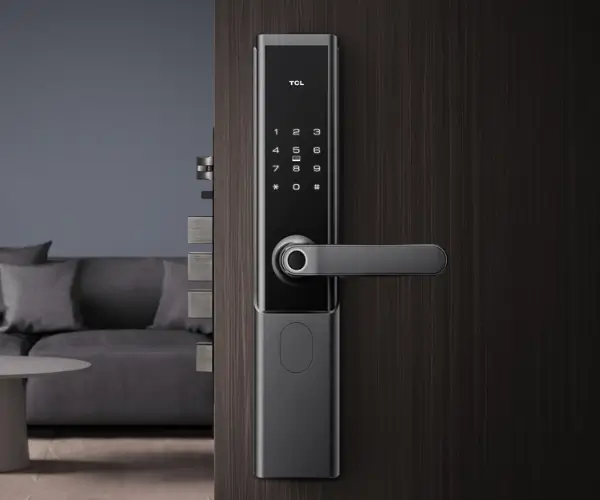Imagine a tiny component capable of turning your simplest ideas into interactive marvels—welcome to the world of the Tower Pro Micro Servo 9g. Small, affordable, and remarkably reliable, this servo has become a staple in the maker community, whether you're building a robot, crafting an automated camera system, or just experimenting with electronics. Combining it with Arduino, one of the most accessible microcontrollers, unlocks a universe of endless possibilities.

Understanding the Tower Pro 9g Micro Servo
At its core, the Tower Pro 9g servo is a compact, lightweight motor with a built-in gear train, a potentiometer for position feedback, and a control circuit. Its "9g" weight makes it perfect for projects where size and weight are critical—think tiny drones, delicate robotic arms, or miniatures in art installations. Despite its diminutive size, it packs enough torque to handle small loads, usually around 1.2 kg/cm at 4.8V.
The servo's structure is simple but efficient. It generally features three wires: power (usually red), ground (black or brown), and signal (yellow or white). The signal wire carries PWM (Pulse Width Modulation) signals from the Arduino to instruct the servo on how far to rotate. Typically, the servo can rotate approximately 180 degrees, making it ideal for precise angular movement.
Why Choose the Tower Pro 9g?
The appeal of the Tower Pro 9g servo lies in its balance of affordability, size, and functionality. It’s widely available on platforms like Amazon, AliExpress, and HobbyKing, often costing less than $5 per unit. Such low-cost components enable hobbyists and students to build complex projects without breaking the bank.
Furthermore, its compatibility with popular microcontrollers, especially Arduino, makes integrating it into projects straightforward. No sophisticated engineering experience is needed—just some basic knowledge of electronics and programming.
Getting Started with the Hardware
Before diving into programming, let’s familiarize ourselves with the hardware setup. The Tower Pro 9g servo connects to the Arduino via the three wires. Here's what you’ll typically do:
Connect the Power: Red wire to 5V (or 4.8V for optimal performance) on the Arduino Black or brown wire to GND on the Arduino Connect the Signal: Signal wire (yellow or white) to one of the Arduino’s digital PWM pins, such as pin 9 or 10 Test the Hardware: Power the Arduino using a suitable power source—either through USB or an external power supply if multiple servos are used simultaneously.
An important note: Although the servo operates at 5V, drawing multiple servos or performing long-duration operations may require a separate power supply to prevent Arduino resets caused by voltage drops.
Interfacing with Arduino: The Basic Principles
Controlling the Tower Pro 9g with Arduino hinges on PWM signals. Arduino’s Servo library simplifies this process, handling the pulse generation internally, so you don’t need to manually code PWM signals or timing.
Here's a quick overview of what you need to do in software:
Include the Servo library: #include Create a Servo object: Servo myServo; Attach the servo pin: myServo.attach(9); // if connected to pin 9 Write position commands: myServo.write(90); // moves servo to 90 degrees
This is just the beginning. As we explore further, you'll discover how to write smooth movement sequences, use sensors to automate motion, and incorporate feedback for precise control.
Applications Galore
With the Tower Pro 9g servo and Arduino, hobbyists have brought to life an array of projects. It’s the heart of many DIY robots, from simple robotic arms to advanced bipedal creators. It’s also pivotal in remote-controlled vehicles, art installations, and home automation systems. Imagine a small window blind opening or closing in response to sunlight—these tiny servos can do that.
Practical Tips for Success
Always test servo movement with simple sketches before integrating into complex systems. Don’t overload the servo—exceeding torque ratings can burn out the motor. Use external power supplies when controlling multiple servos to maintain stable voltage levels. Be patient with startup times, especially in complex setups involving multiple components.
The Learning Curve
Even beginners can master the basics of servo control in an afternoon. Online tutorials, Arduino sample codes, and community forums are treasure troves of knowledge. As your confidence grows, combine the Tower Pro 9g with sensors, motors, and even wireless modules like Bluetooth or Wi-Fi to craft sophisticated projects.
Stay tuned for the second part, where we’ll delve deeper into advanced control techniques, troubleshooting common issues, and inspiring project ideas to push your creativity further with the Tower Pro Micro Servo 9g and Arduino.
Established in 2005, Kpower has been dedicated to a professional compact motion unit manufacturer, headquartered in Dongguan, Guangdong Province, China.




































